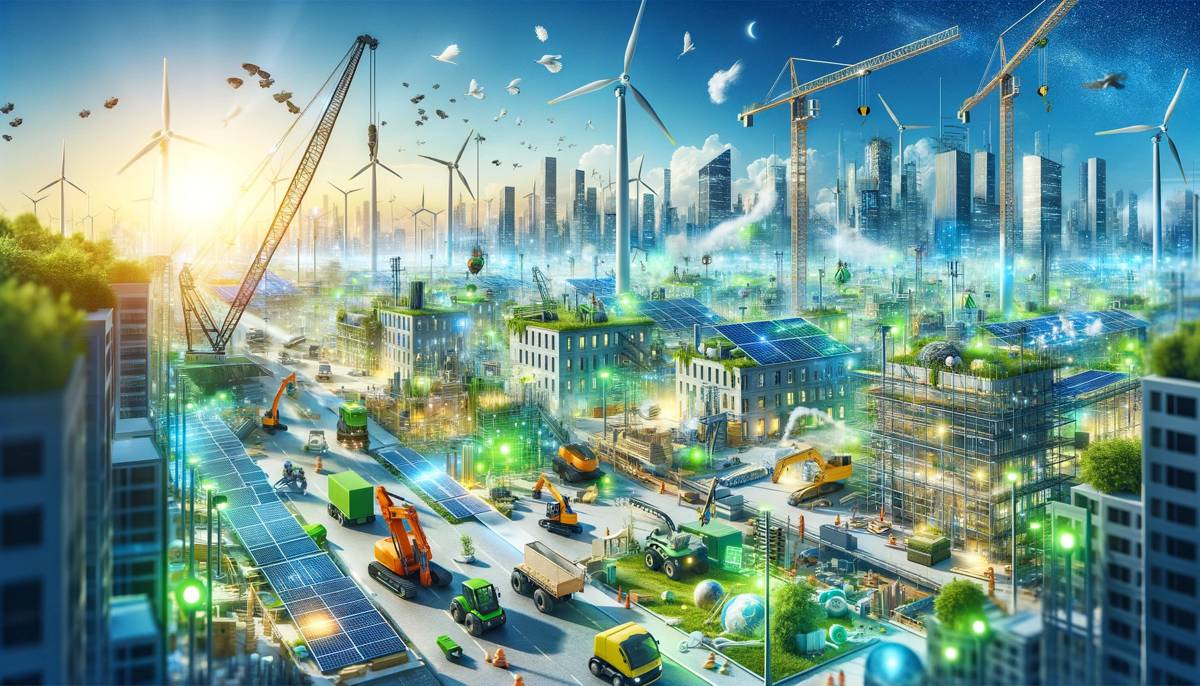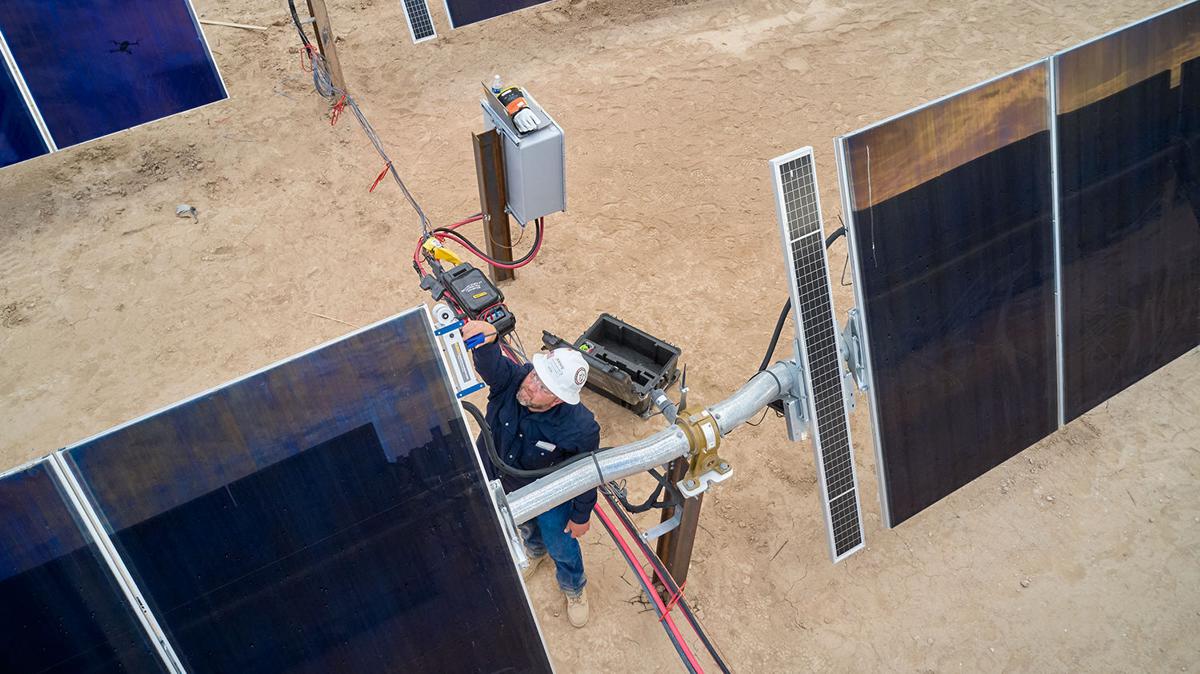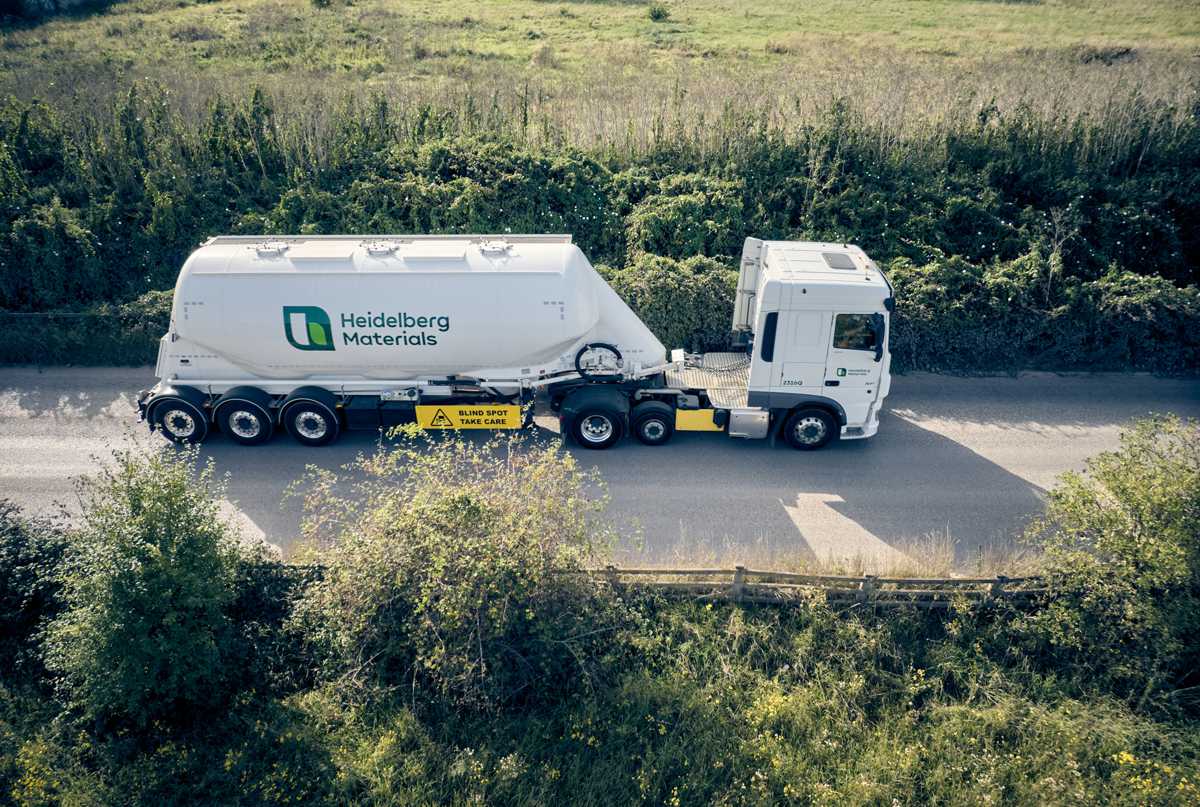Sweco explores energy-storage-as-a-service to cut carbon emissions
In a new report from Sweco, energy-storage-as-a-service is highlighted as a concept with potential to change the industry and cut carbon emissions. It entails making energy storage available to customers as a service against a monthly or annual fee, similar to subscriptions for food, accessories, films or music.
This could curb the barrier of high upfront investment costs, help aggregate multiple storage sources, and give the public the opportunity to test a solution without committing to a long-term investment.
Energy storage can help mitigate climate change, but it is still on low levels and needs to triple by 2050 to keep global warming below 2°C. To do this we need to look at innovative ways of speeding up the process. Could energy-storage-as-a-service be one of the solutions?
Reforming our energy system is one of the most important measures to mitigate climate change. Energy storage is an important aspect of this. Globally, only 3% of power capacity is being stored. To limit global warming to below 2°C, energy storage capacity would need to increase from 140 GW in 2014 to 450 GW in 2050.
“If we want more people and organisations to use energy storage, we need to make it easy and cost-efficient. Energy-storage-as-a-service is a very promising concept that could achieve that. We hope that more decision makers and businesses will realise its potential,” says Maria Xylia, Senior Energy Systems Consultant at Sweco.
In the report, common misconceptions about battery technologies are addressed and identified as a reason that battery storage has not yet achieved a major breakthrough. Is geothermal storage only possible in a geyser in Island? Is portable hydrogen storage too dangerous to ever consider? The answer to these questions is no.
“If we have to wait for a perfect battery we might be waiting for a long time, wasting time that could be used for climate change mitigation. It took 40 years for electricity to become a household staple and smartphones took around 10 years – how much time is needed for our cities to become storage cities? I believe now is the time to act,” says Ms Xylia.
For more information about energy-storage-as-a-service and the solutions needed to implement effective energy storage solutions, read Beyond the Tipping Point: Future Energy Storage.















